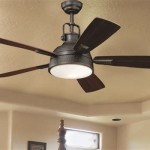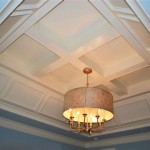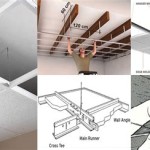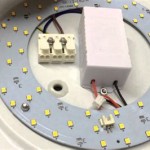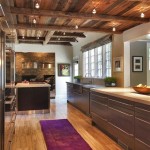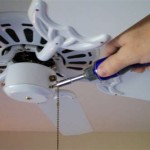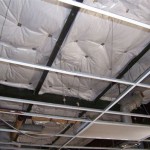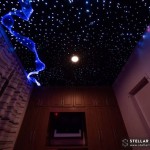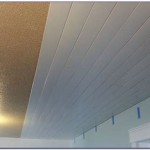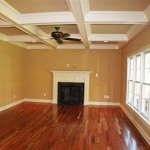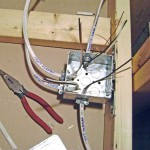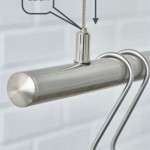False Ceiling vs. Suspended Ceiling: Essential Aspects to Consider
When it comes to ceiling options for your interior space, two popular choices are false ceilings and suspended ceilings. While both offer advantages, it's crucial to understand their key differences to make an informed decision that best suits your needs.
What is a False Ceiling?
A false ceiling, also known as a drop ceiling or secondary ceiling, is an artificial ceiling installed below the original ceiling. It consists of a grid system made of metal or wood and suspended using wires or chains. The panels, typically made of gypsum boards, acoustic tiles, or decorative materials, are then placed within the grid, creating a new ceiling below the existing one.
What is a Suspended Ceiling?
A suspended ceiling, also known as a drop ceiling or grid ceiling, is similar to a false ceiling in terms of its construction. However, suspended ceilings are primarily intended for commercial and industrial spaces, such as offices, warehouses, and retail stores. They are characterized by their modular design, allowing for easy access to the plenum space above the ceiling for maintenance and installation of lighting, ventilation systems, and other utilities.
Comparison of False Ceilings and Suspended Ceilings
1. Purpose:
False ceilings are primarily used in residential and commercial spaces to enhance aesthetics, improve acoustics, and conceal wiring and pipes. Suspended ceilings, on the other hand, are primarily designed for commercial and industrial spaces to facilitate access to the plenum, accommodate various building services, and reduce noise transfer between levels.
2. Construction:
Both false and suspended ceilings involve a grid system and panels. However, suspended ceilings typically have a more robust grid system made of heavy-duty materials to support the weight of various equipment and utilities in commercial settings.
3. Materials:
False ceilings use various panels, including gypsum boards, acoustic tiles, mineral fiber, and decorative materials. Suspended ceilings typically use metal panels, such as aluminum or steel, for durability and fire resistance.
4. Acoustics:
False ceilings can enhance acoustics by using acoustic tiles or panels designed to absorb sound. Suspended ceilings, on the other hand, may not have the same level of acoustic performance due to the use of metal panels.
5. Lighting:
False ceilings allow for the integration of recessed or pendant lighting fixtures, which can create ambient or accent lighting. Suspended ceilings often accommodate troffer lighting fixtures, which are designed to provide uniform illumination.
6. Accessibility:
Suspended ceilings offer easy access to the plenum space through removable panels, making it convenient for maintenance and installation of utilities. False ceilings may not provide the same level of accessibility, depending on the panel type used.
7. Cost:
The cost of false and suspended ceilings varies depending on the materials, design, and complexity of the installation. Generally, suspended ceilings may be more expensive due to their heavier construction and additional features.
Conclusion
False ceilings and suspended ceilings offer distinct advantages for different spaces. False ceilings provide aesthetic enhancement, acoustic control, and the ability to conceal utilities in residential and commercial settings. Suspended ceilings excel in commercial and industrial applications, facilitating access to the plenum, accommodating building services, and providing durable and fire-resistant solutions. By considering their essential aspects, you can make an informed decision about the best ceiling option for your specific project requirements.

This Vs That Exposed Ceiling Or Acoustical Dbs Group Llc

Dropped Suspended Grid Ceiling Design Ideas Advantages Disadvantages

What Are The Types Of Suspended Acoustic Ceilings 9wood

Drop Ceiling Or Drywall Which One Should You Choose

Ceilings 101 Drop Ceiling Vs Drywall Elegant Walls

Office Suspended Ceiling Tiles False Ceilings Pure

Suspended Ceiling Detail False Materials

Ceilings 101 Drop Ceiling Vs Drywall Elegant Walls

What Is A Suspended Ceiling

Diffe Types Of Ceilings Armstrong Residential
Related Posts


